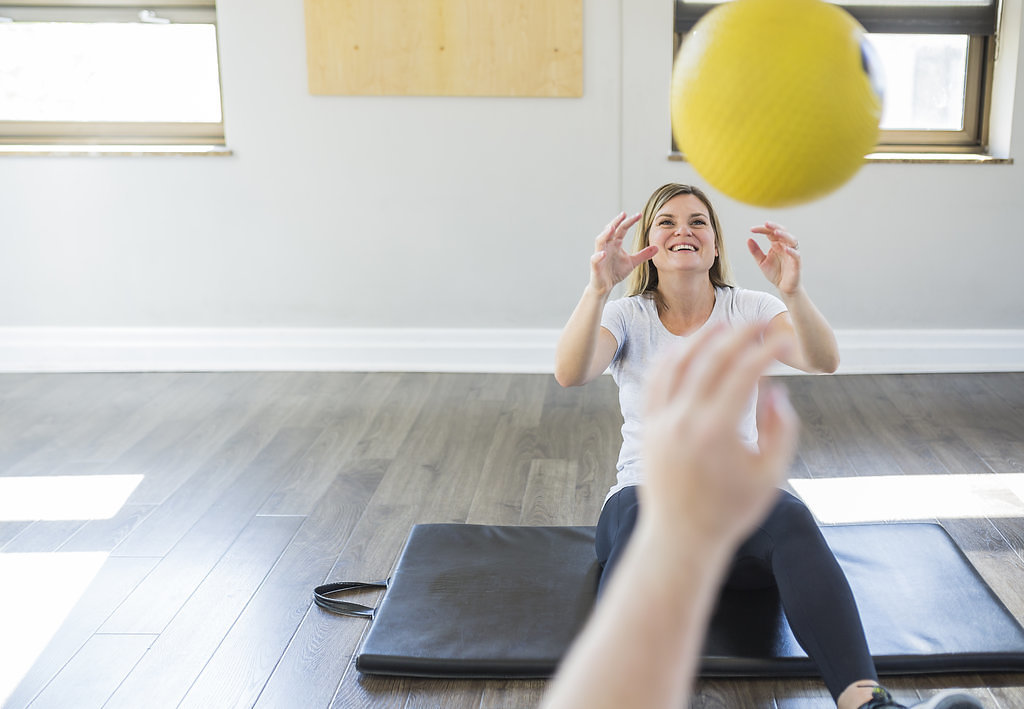
Osteoporosis: The “Silent Thief”
When it comes to Osteoporosis, there is a lot to learn, and a lot more to consider. So to simplify it, we’ve broken down the top points you need to know.
- Osteoporosis is a condition that causes bones to become thin and porous, decreasing bone strength and leading to increased risk of breaking a bone.
- The most common sites of osteoporotic fracture are the wrist, spine, shoulder and hip.
- There is no single cause for Osteoporosis.
- Osteoporosis can strike at any age.
- It affects both men and women.
- Osteoporosis is often called the ‘silent thief’ because bone loss occurs without symptoms unless one has fractured.
- It can result in disfigurement, lowered self-esteem, reduction or loss of mobility, and decreased independence.
- Osteoporosis is called a paediatric disease with geriatric consequences.
- As women approach menopause, they lose bone at a greater rate, from 2-3 percent per year.
- Risk factors include age, sex, vertebral compression fracture, fragility fracture after age 40, either parent has had a hip fracture, >3 months use of glucocorticoid drugs, medical conditions that inhibit absorption of nutrients and other medical conditions or medications that contribute to bone loss.
- Loss of 2cm (3/4″) as measured by one’s healthcare provider or 6cm (2 1/2″) overall from when one was younger may be an indicator of spinal fracture.
So, what can you do to prevent Osteoporosis?
Physical activity is one of the mainstream therapies to help to maintain strong and healthy bones, along with nutrition and healthy lifestyle choices. Bones continue to remodel daily; bone cells are lost and new ones created. As we age the rate of loss increases and the new cell development slows. Bones respond to the stresses placed upon them, meaning if your stress the bone, the bone-building cells will continue to lay down bone material.
Weight-bearing activities such as running, walking and dancing all help to maintain or improve bone mineral density. Weightlifting, cycling and swimming are not weight bearing but can play a role in helping to maintain bone mass too. Postural exercises can help to maintain better postures, reducing the risk of vertebral fractures, and strengthening will decrease your risk of falls and potential fractures. Your physician, dietician and physiotherapists can all help you to manage your risk of developing osteoporosis. Assess your risk by using the “Know Your Risk” tool on the Osteoporosis Canada website.
Bone Fit™
Bone Fit™ is an exercise program designed by Osteoporosis Canada to help those at risk of fracture or who have had fractures to maintain or improve bone density. Many of our Coaches are trained to deliver this evidence-based program. So, if you have concerns about your bone density or have had a fracture of your wrist, hip or vertebrae, book a session with a Coach to ensure that your fitness program is meeting your needs to continue to decrease your risk.
Article Written by Laura Doyle, Registered Physiotherapist BHSc (PT), B.Ed., B. KIN
As a registered physiotherapist, Laura works at McMaster Family Practice. She sees patients while promoting healthy living and aging along acute and chronic health conditions. Laura is a Member of the Momentum community who makes time at lunch to workout. She is passionate about moving every day to maximize function and fitness throughout the lifespan.

